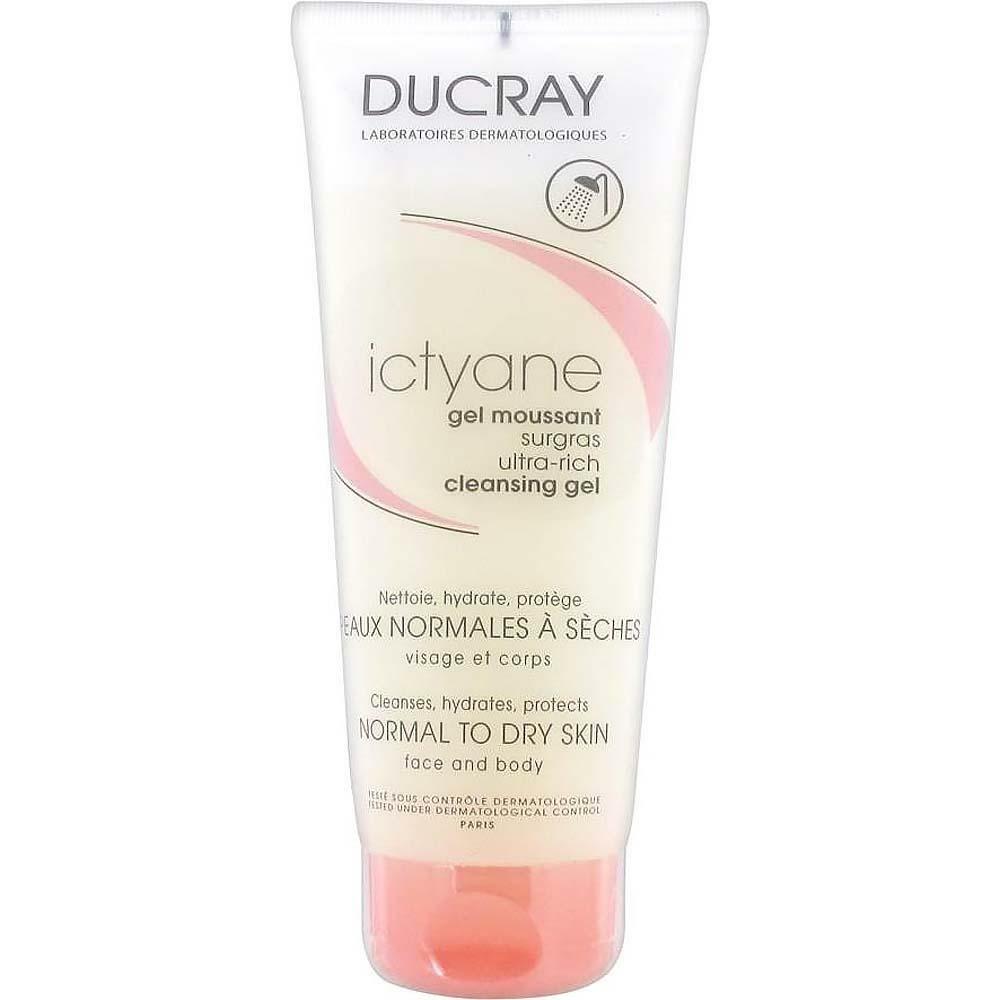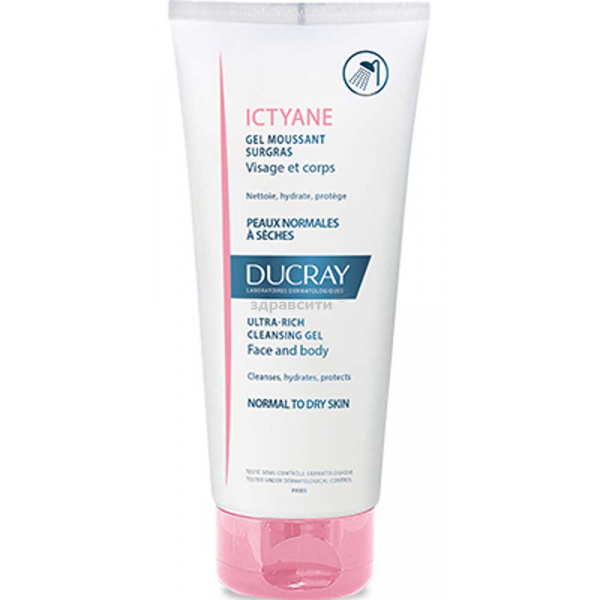Content:
One sloppy movement - and Bordeaux, which a second ago splashed in the glass, no longer pleaseseye. What to do in this situation, if the victim of someone's clumsiness is your favorite blouse, skirt or tablecloth? In the editorial Mschistota.ru found out how to wash the red wine so that after there is not a hint of traces of the stain.
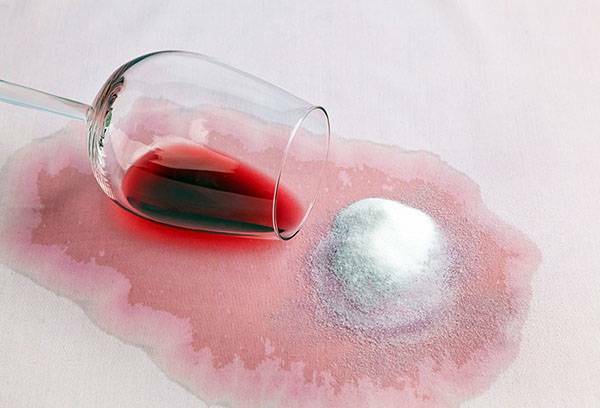
Instant response
Almost any spot is easier to remove when it's still fresh, and red wine is no exception. That's just the folding of the banquet because of a stain on the tablecloth or convulsive washing of the blouse in the restroom restaurant with giblets will give out your neuroticity. Yes, usually no one does, but it works! So what tricks can one resort to so as not to exacerbate the situation, and do not seem paranoid?
- To remove a stain from red wine will be much easier if you do not let it absorb into the fibers. To do this, any adsorbent will work, but in the conditions of a feast it is usually necessary to deal with salt and, in rare cases, with soda. Just remember: if the stain has dried up, this shamanism will not work any more, as the effect of bleaching does not have salt by itself.
- If the stain is large and covered with salt, it is a waste of the product, use ordinary paper napkins( there is enough of this good on any table).If there are no napkins, you can use paper towels, handkerchiefs, and even toilet paper! The main thing is that you can get a good pat of clothing. And in no case do not rub: our goal is to prevent absorption, and not to contribute to it.
- Even if you wash the wine under a stream of warm water in place it is not possible - and it's a pity, because this is one of the simplest and most effective ways - do not rush to discard the water. It can be wetted with a stain for multiple blotting or keeping the stain moist until it can be washed. And the usual water, and mineral water, and lemon juice will be especially good.
By the way
It is believed that if you pour a fresh stain from red wine white, it will be easier to wash it later. Perhaps it is because of the acids contained in the white wine, and the fact that the stain will not dry up, but the method is rather curious, though wasteful.
Even if you have washed all the wine from the fabric that could, the stain will certainly remain, but it will certainly not be red, but a bluish color. Here, as in the case of already dried up stains, without a gorgeous eight cleaners can not do.

Gorgeous figure
In rare cases, the bluish residual spots are removed with the usual powder, but imagine that you noticed the stain after the party and it dried up a long time ago. Than to deduce it in this case? The powder for such impurities is not strong enough, and it can be used as a finishing touch. But we recommend starting the struggle for the purity of both colored and white tissue with these funds.
Ammonia alcohol
Ammonia, maybe, and not very pleasant smells, but stains removes by cheers, and almost any origin and from any tissues! This substance is quite aggressive, so in its pure form it is used rarely and mainly on tissues that can withstand such effects.
If you remove the stain from red wine, you will not be with jeans, but with a shirt, we advise you to prepare one of these solutions.
- Dissolve 1 tsp.ammonia in a liter of water and blot the stain with a solution.
- Mix 1 tsp.ammonia with 1 tsp.salt and apply to the contamination for 15-20 minutes.
- Stir 1 tsp.ammonia, 1 tsp.borax and 200 ml of water to handle white things.
A huge plus of ammonia is that it can be used to clean both white and colored things, which can not be said about some other drugs on the list.
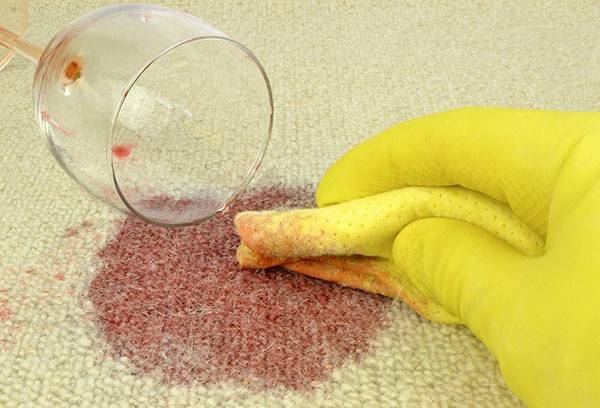
Vinegar
Vinegar, like ammonia, can help to wash red wine from both white and colored, but it is slightly less aggressive. In its pure form, vinegar for this purpose is also used infrequently, especially when it comes to delicate tissues, but when diluted with water it works better than any stain remover and without impurities. Although a couple of recipes still share.
- Soak the stain in a solution of vinegar( 2 tablespoons for 1 glass of water), rinse the product, and if the stain does not disappear, sprinkle it with soda.
- An effective solution is a solution of equal parts of alcohol and vinegar, which impregnate the stain.
Actually, acetic acid is not the only one of its kind, and other acids can be used to remove stains.
Peroxide of hydrogen
Peroxide works well when the pollution is not strong and it was formed on white. For example, those same bluish traces of wine, she can clean and without ammonia. But add the peroxide is worth and when deducing an old divorce: it will only enhance the effect of a solution of more powerful ingredients.
- Ammonium alcohol and hydrogen peroxide in a 1: 5 ratio are suitable for cotton and flax.
- To remove complex stains, peroxide is sometimes mixed with bleach.
For colored these mixtures are not recommended: unpleasant stains may remain.
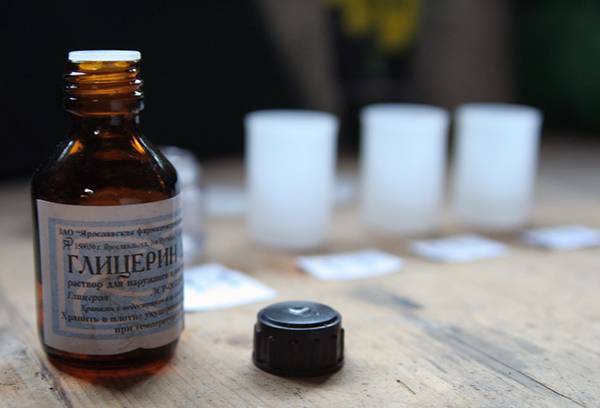
Glycerin
Glycerin does not have a great fame remedy, for cheers coping with stains, but with red wine, as with some other contaminants, it works perfectly. You can use both pure glycerin and its mixture with yolk in equal parts.
advice Soaking a wine stained in milk is considered a very effective way, but we believe that milk is better to drink: ammonia and vinegar still work better.
MARGANTSOVKA
Probably, potassium permanganate does not help to get rid of the stain, but from its tracks - easily! Surprisingly, a weak solution of potassium permanganate does not stain at all, but it helps to wash the thing. It is used to give the yellowed tulle a fresh look and to whiten the sheets, so that with a tablecloth or shirt it can also be turned.
The main thing is to make the solution not too saturated and not keep the thing in it for too long.
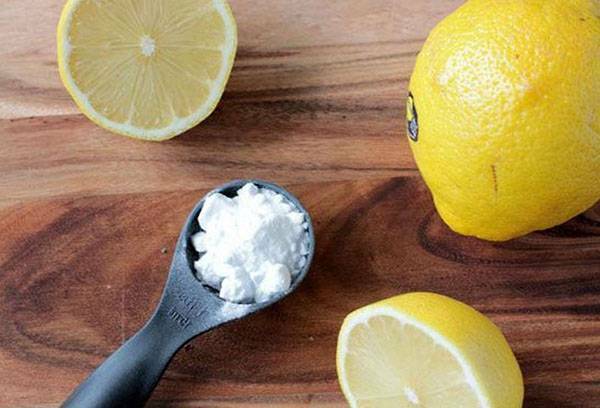
Citric acid
We have already said that citric acid helps to wash wine, but again: acids dissolve pigments that eat into the fabric and create a stain, so adding lemon juice to peroxide or vinegar will not be superfluous. And even the lemon juice itself can help to wash off the stains left from the stain after washing, if it is applied to the contamination with a cotton swab.
Ethyl alcohol
In many articles it is recommended to fill in wine stains not with water, but with vodka. We understand: there may not be vodka on the table, but it will come in handy a little later, to remove the already dried up clothes. A huge plus - the ability to use on any fabric of any color, although with delicate materials you still need to be on the alert. Do not be lazy to check the reaction of the tissue in an inconspicuous area.
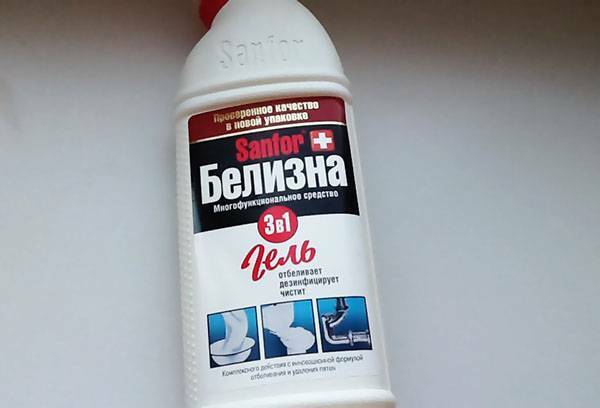
"Whiteness"
Bleaching is difficult to consider as a folk remedy, and yet "Whiteness" is on the list, because nothing saves white better than bleach. And yes, chlorine is not only in stain removers and bleach, but also in the means for cleaning tiles and toilet bowls! So if there is no "Belizna" in the house, but there is "Domestos" or a similar remedy, it is worth giving it a chance: the reviews are truly enthusiastic.
In general, ways to get rid of stains are enough to prevent your favorite shirt from becoming a rag: try to sort out the spot as much as possible, then remove it with one of the means above, wash the thing - and next time be more careful!

